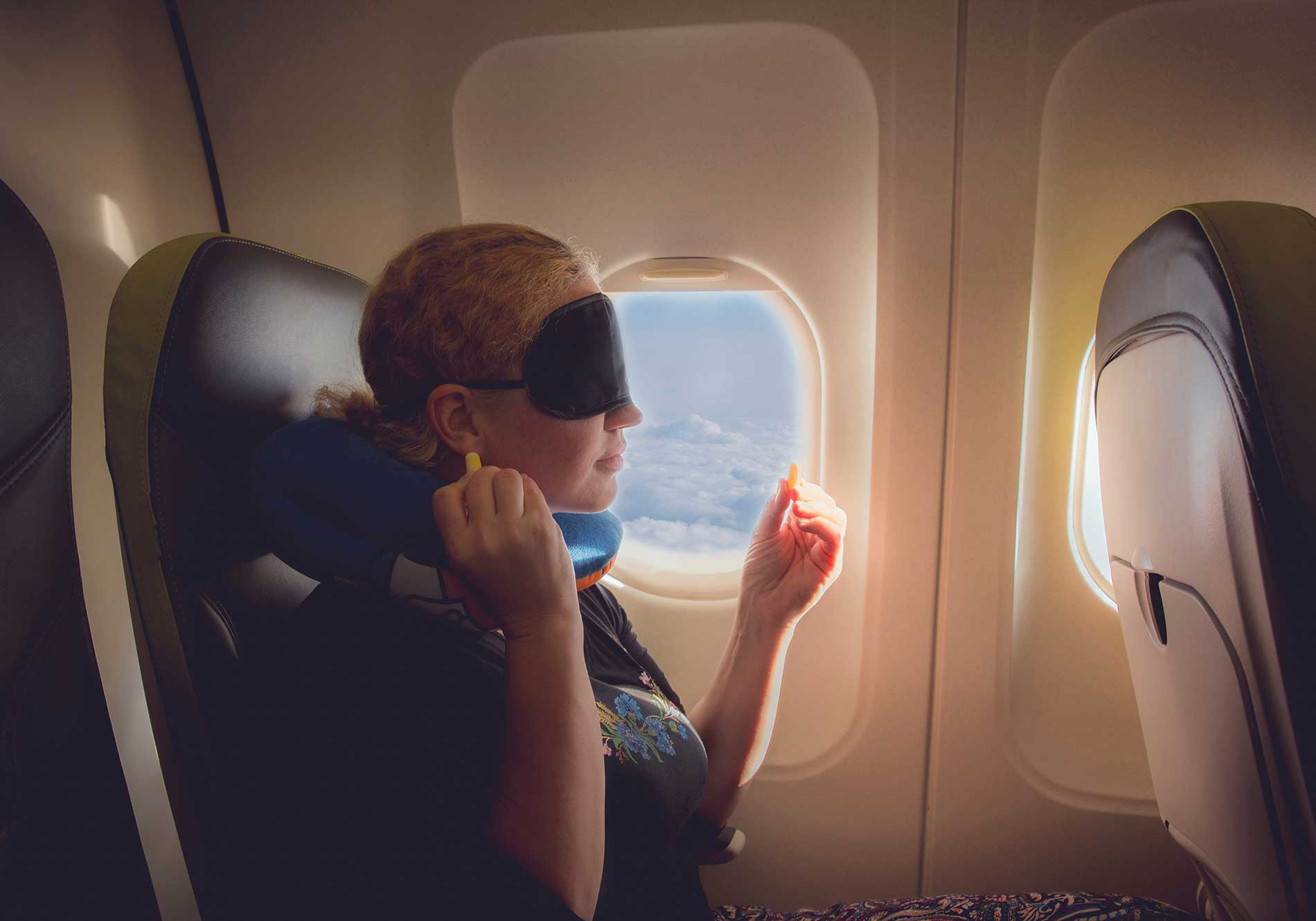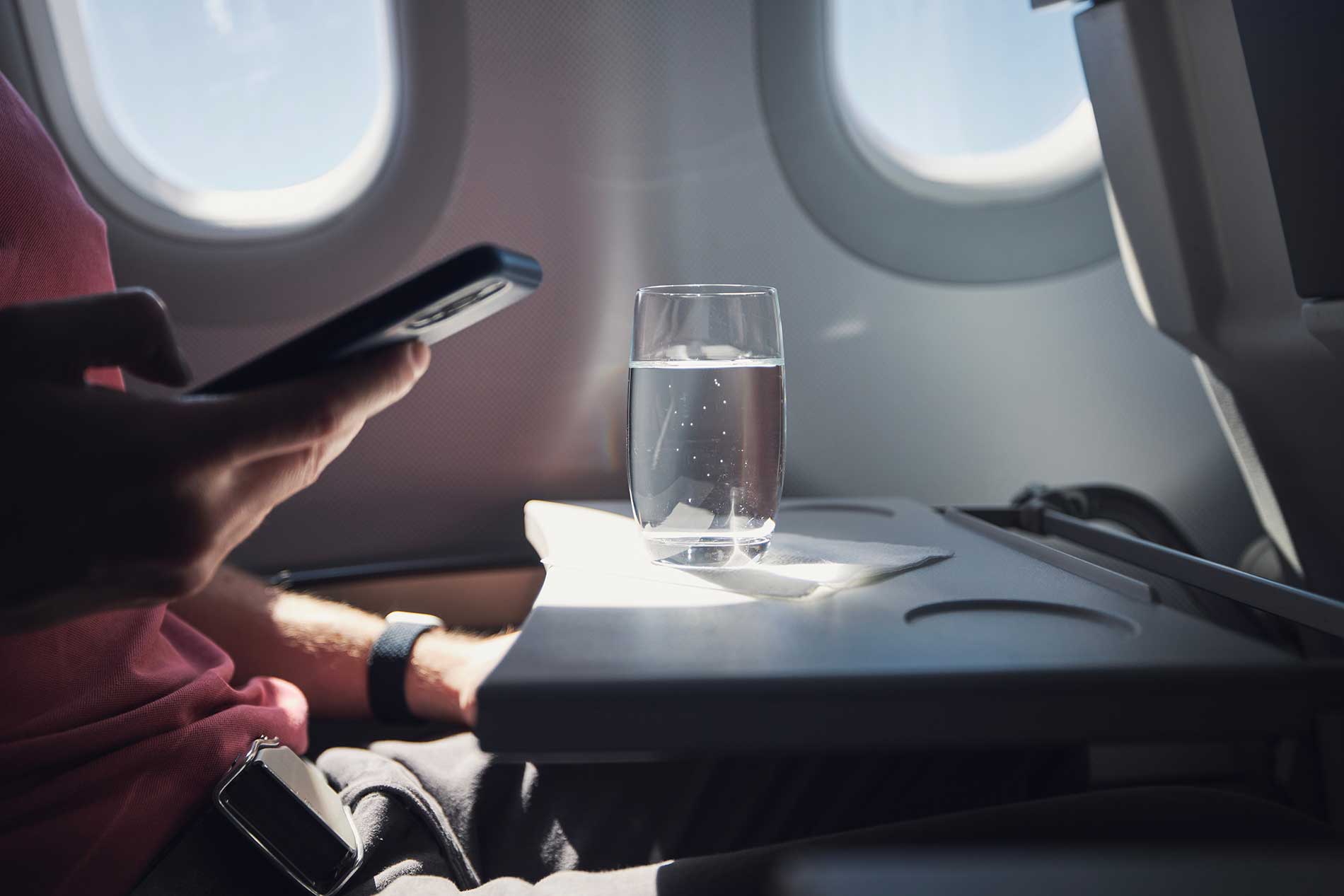Long-haul flights can be daunting—hours up in the air can take a toll on your body and mind. However, with the right strategies, you can transform your travel experience from a mere endurance test to a productive and enjoyable journey. In this guide, we will explore a variety of tips to help you not only survive but thrive on your next long-haul flight.
A Fresh Perspective on Long-Distance Travel
Travelling long distances by plane is a necessity for many, especially in our globalized world. Whether you're flying out for business, exploring new cultures, or visiting loved ones, the thought of spending extended hours in an airplane cabin might seem daunting. However, with some preparation and tips, you can turn this experience into a positive one.

Pre-Flight Preparations
Essential Items to Pack
The right items in your carry-on can make a huge difference. Essentials include noise-cancelling headphones, a travel pillow, an eye mask, comfortable clothing, and snacks. Packing items like a good book or downloading your favourite podcasts and movies can also enhance your travel experience.
Choosing the right seat
Seat selection can be crucial on a long-haul flight. If possible, choose a seat by the window for a wall to lean on and control over the window shade, or an aisle seat if you prefer more legroom and easier access to the bathroom.
Comfort Measures
It's advisable to dress in loose, comfortable attire and layer your clothes so you can easily adjust to changing temperatures in the cabin.
Health Considerations Before You Fly
Consult your doctor before flying, especially if you have underlying health issues. Discuss medications and strategies for deep vein thrombosis prevention, which can be a risk during longer flights.

Maximizing Comfort During the Flight
Strategies for Better Sleep
Adjust your watch to the destination time as soon as you board to start acclimating. Use sleeping aids like a neck pillow, blanket, and perhaps a gentle sleep-inducing playlist or a white noise app.
Staying Hydrated and Nourished
Airplane cabins are notoriously dry, so increase your fluid intake by drinking water regularly throughout the flight. Avoid alcohol and caffeine as they can dehydrate you and affect your sleep.
Exercises to Keep Blood Flowing
Perform simple stretches and regularly walk around the cabin to improve circulation. Practice ankle circles, knee lifts, and shoulder rolls right from your seat to keep the blood flowing.
Interacting with Others
While it's nice to chat with neighbours, it's also important to respect each other's space. Earplugs or headphones can signal to others that you prefer to be left undisturbed.
Traveling with Kids
Bringing along new toys and games can keep children entertained. Adjusting their sleep schedules in advance can also help them adapt more quickly to the new time zone.

Entertainment and Productivity on Board
Best Gadgets and Apps for Travel
Invest in a high-quality travel adapter, a portable battery pack, and perhaps a tablet or e-reader loaded with books, movies, and games. Apps like Duolingo or Kindle can be great for both entertainment and productivity.
Creative Ways to Pass the Time
Consider using the time to meditate, start a travel journal, or work on a digital scrapbook of your travels. These activities not only pass the time but enhance your travel experience.

Dealing with Jet Lag and Post-Flight Recovery
Adjusting Your Body Clock Before and After Flight
Start adjusting your sleep schedule a few days before your flight. After arriving, try to get as much natural sunlight as possible to reset your internal clock.
Recovery Tips Post-Flight
Stay hydrated, continue to stretch, and consider a gentle day of walking to explore your new surroundings lightly. Allow your body time to adjust before jumping into a hectic schedule.
Final Thoughts...
Embracing long-haul flights as a part of your travel adventures means preparing adequately and adopting the right mindset. With these tips, your next long journey will be both bearable and enjoyable. Remember, every hour spent in the air brings you closer to your destination and new experiences.
FAQs
The best seats for long-haul flights depend on your preferences. If you value uninterrupted sleep, a window seat might be ideal as it allows you to lean against the side of the plane and gives you control over the window shade. An aisle seat might be better if you prefer more freedom to move around. For those who want extra legroom, exit rows or premium seats are a good choice, though these might come with an additional cost.
Essential items for a carry-on bag on a long-haul flight include:
-
Neck pillow and eye mask: To enhance comfort and aid sleep.
Noise-cancelling headphones or earplugs: To block out cabin noise. - Water bottle: Stay hydrated by refilling it onboard.
- Snacks: Preferably healthy options like nuts or fruit bars.
- Entertainment: Downloaded movies, e-books, or music.
- Travel documents and a pen: Keep these accessible for filling out any required forms.
- A change of clothes and basic toiletries: Useful in case your checked luggage is delayed.
- Portable charger: Keep your devices powered up throughout the flight.
Staying hydrated is crucial, but so is managing fluid intake to minimize bathroom visits, especially if you prefer window seats or sleep heavily. Aim to drink water consistently before the flight rather than trying to catch up during the flight. Limit beverages that act as diuretics, such as coffee, tea, and alcohol, as these increase dehydration and the frequency of bathroom trips. Drinking small amounts of water frequently can help maintain hydration without overfilling your bladder.
You might also consider bringing a moisturizer and lip balm to prevent your skin from drying out. If you prefer something with a bit more flavour, coconut water or electrolyte-infused drinks can also be good choices for staying hydrated.
If sleep eludes you on a flight, engage in relaxing activities that can help you rest or at least rest your eyes. Listening to calming music, audiobooks, or podcasts can be soothing. Avoid blue light from screens as it can disrupt your ability to sleep—consider switching to reading or dimming your screen. Deep-breathing exercises or meditation can also help relax your body and mind, making it easier to eventually fall asleep.
Yes, there are several stretches and simple exercises you can do to maintain good circulation and reduce discomfort during a long-haul flight. Try doing ankle circles, neck rolls, shoulder shrugs, and wrist stretches. Every few hours, stand up and walk down the aisles if possible. Gentle knee lifts, while seated, can also help keep blood flowing.
Avoiding jet lag starts with adjusting your routine before you even leave. Gradually modify your sleep schedule to closer match the time zone of your destination a few days prior to departure. During the flight, try to sleep based on the destination's night hours and stay awake when it's daytime there. Stay hydrated and avoid heavy meals and caffeine close to your intended sleep times. Once at your destination, try to spend time outdoors in natural sunlight, which can help reset your internal clock. Also, consider using melatonin supplements if needed, as they can help regulate sleep patterns.
Opt for snacks that are high in protein and low in simple sugars to maintain energy levels without spikes and crashes. Good options include nuts, seeds, yogurt, whole-grain sandwiches, fresh fruits, and vegetables like carrots or celery sticks. Avoid salty snacks, which can dehydrate you, and instead choose more hydrating snacks like cucumber slices or grapes.





